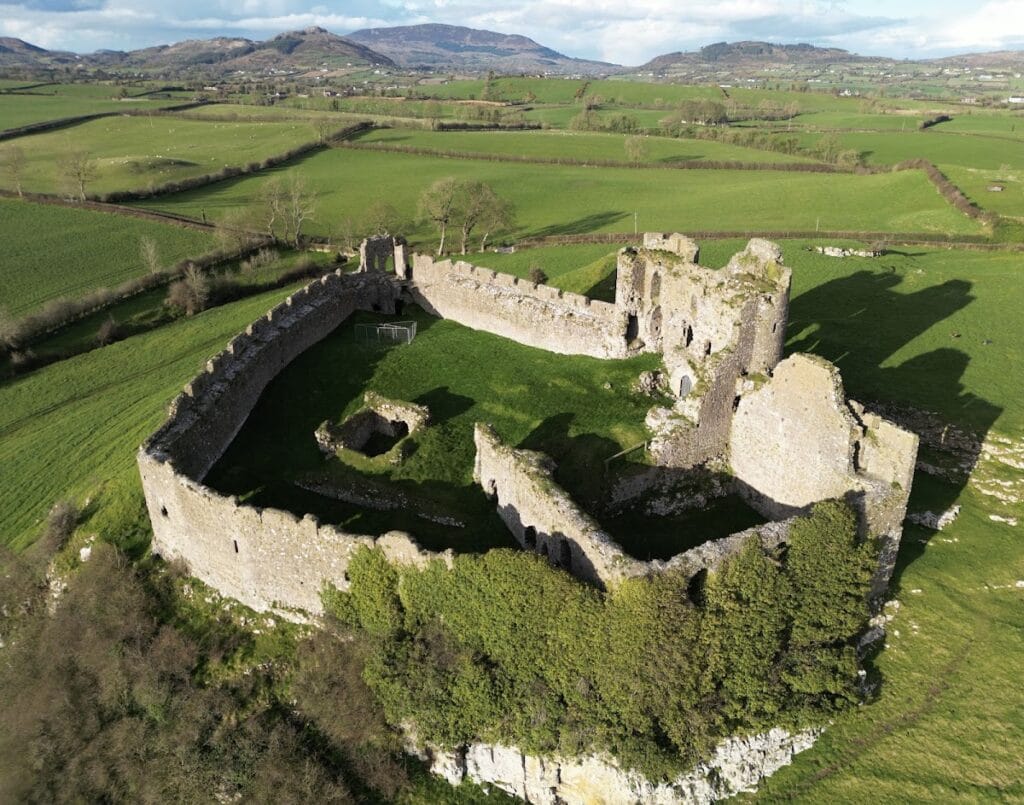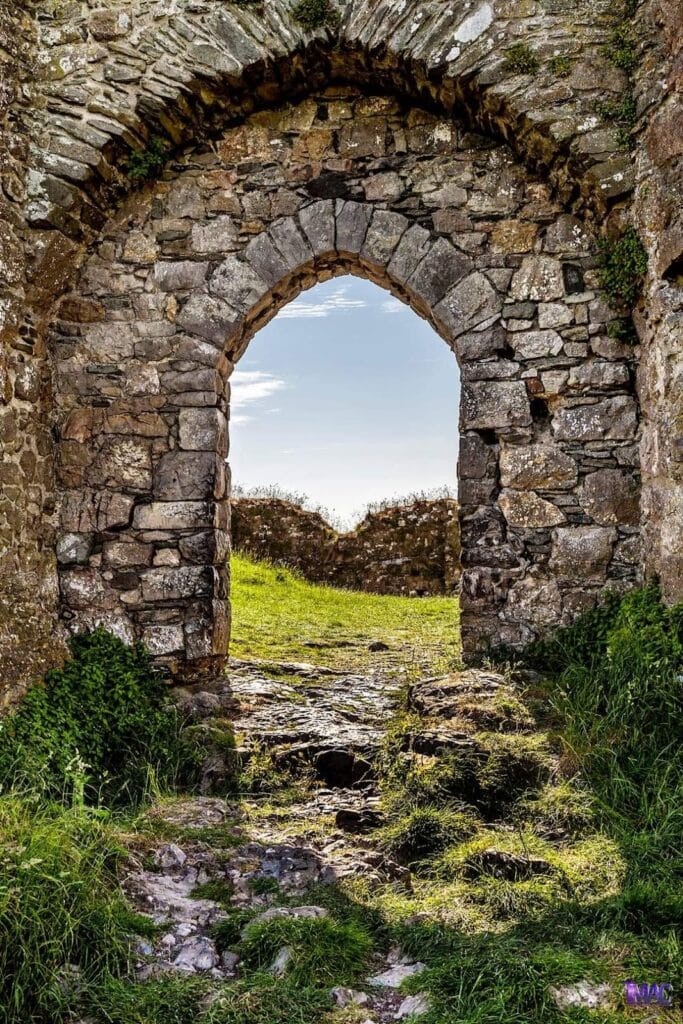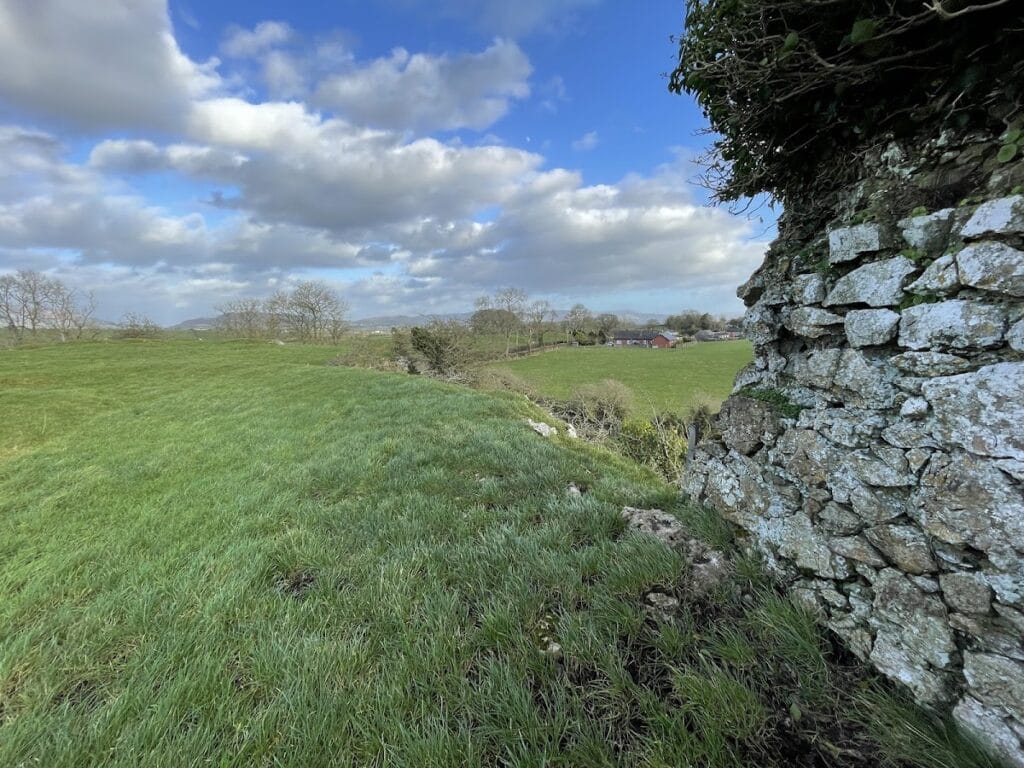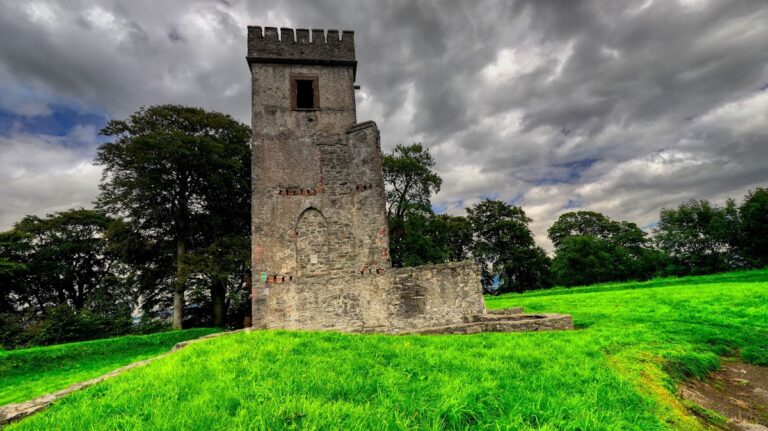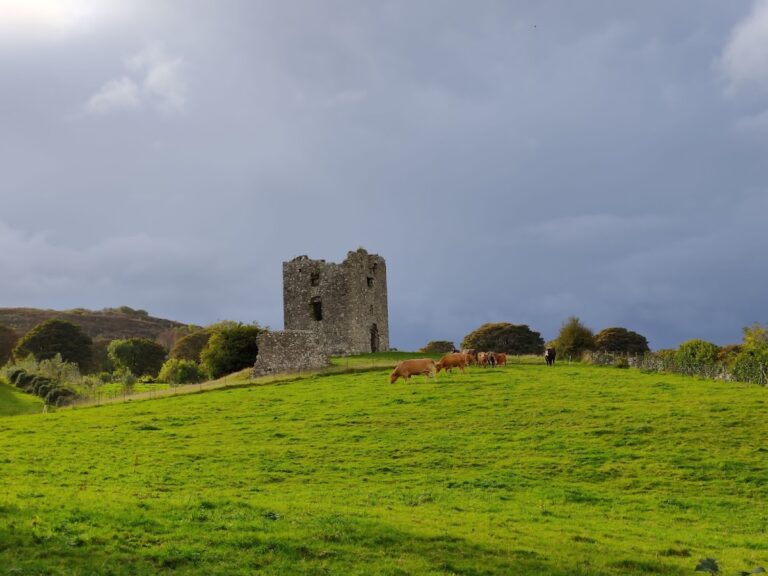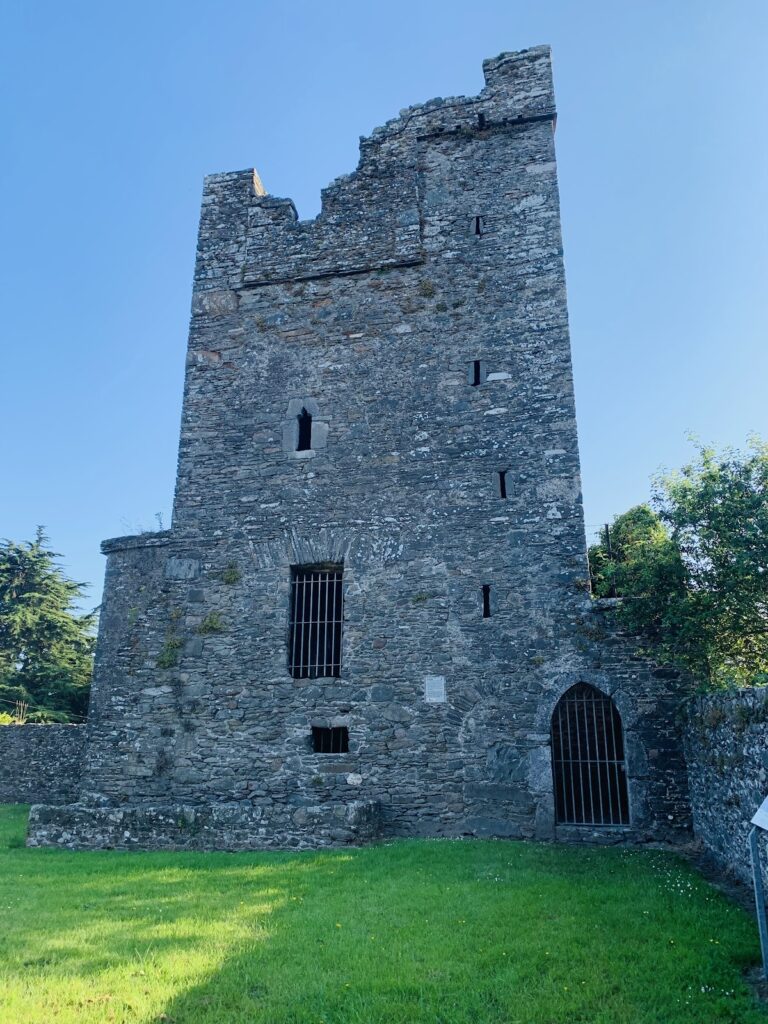Castle Roche: A Medieval Norman Fortress in County Louth, Ireland
Visitor Information
Google Rating: 4.6
Popularity: Low
Official Website: www.castles.nl
Country: Ireland
Civilization: Unclassified
Site type: Military
Remains: Castle
History
Castle Roche is a medieval Norman fortress located in Roche, County Louth, Ireland. It was constructed in 1236 AD by the de Verdun family, Norman feudal lords who had roots in Staffordshire, England. The castle’s establishment was closely tied to Rohesia de Verdun, a granddaughter of Bertram de Verdun, who took charge of fortifying her Irish estates following the sudden death of her husband, Theobald le Botiller, the 2nd Chief Butler of Ireland.
During the early phase of its history, the castle served as a stronghold to secure the Anglo-Norman presence on the volatile border between the Gaelic-controlled region of Ulster and the Anglo-Norman Pale. Its commanding position controlled access to the strategically important area of South Armagh. The name “Castle Roche” reflects its setting atop a prominent rocky hill, with “roche” coming from the Norman French word for rock.
Throughout the centuries, the de Verdun family maintained custody of the fortress, with Nicholas de Verdun recorded as its commander during the 1316 invasion of Ireland led by Robert the Bruce. Later in its history, in 1561, the castle served as a gathering place for English military forces. During the rebellion that began in 1640, Castle Roche supported the Irish Confederates resisting English rule. However, the castle met its destruction at the hands of Oliver Cromwell’s forces in 1641, after which it was left in ruin and has remained so.
A notable legend associated with Castle Roche involves Rohesia de Verdun herself. It is said that she promised marriage to the architect tasked with building the castle if he met her approval, only to murder him by pushing him from a bedroom window inside the castle. This window gained the ominous name “Murder Window” or “Window of Killing.” Rohesia’s later life saw her enter religious life as a nun at Gracedieu Priory in Leicestershire, where she died in 1247. Her tomb remains in Belton parish church.
Remains
Castle Roche stands today as the ruins of a Norman-style fortress perched on a large rocky outcrop. This natural height advantage offered extensive views over the surrounding landscape and formed a key element of the site’s defensive strategy. The fortress was originally enclosed by strong stone walls and protected by a deep moat, features that made it formidable against attackers during its time.
Within the surviving structures, one of the most historically significant features is the bedroom window linked to the legend of Rohesia de Verdun; it is known locally as the “Murder Window.” This window, positioned in a prominent room within the castle, remains an enduring reminder of the castle’s storied past. Additionally, there was once a secret passage connecting the main castle to a nearby round tower, which functioned as an outpost, providing communication or escape routes during times of conflict.
Surrounding the castle are other noteworthy elements such as St. Ronan’s Well and a structure referred to as the Wall of Saint Ronan. While specific details about these features are limited, their association with the site adds to the historical landscape surrounding Castle Roche.
Though the castle has not been restored and remains in ruins, the fundamental layout and certain defining elements of its original construction can still be discerned. The blend of natural rocky terrain with human-engineered fortifications testifies to the careful planning and military purpose behind Castle Roche’s creation.

